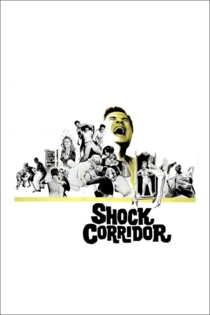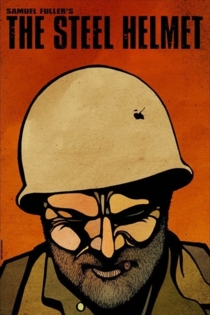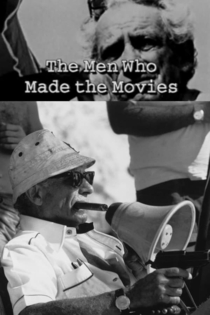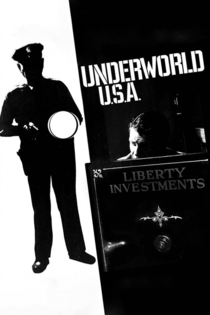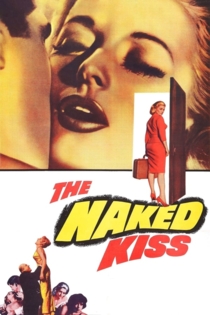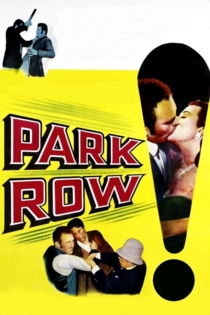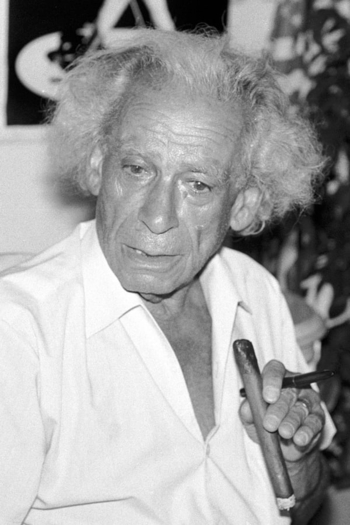
Samuel Fuller
1912 - 1997He was born Samuel Michael Fuller in Worcester, Massachusetts, the son of Benjamin Rabinovitch, a Jewish immigrant from Russia, and Rebecca Baum, a Jewish immigrant from Poland. After immigrating to America, the family's surname was changed from Rabinovitch to "Fuller" possibly by inspiration of a Doctor who arrived in America on the Mayflower. At the age of 12, he began working in journalism as a newspaper copyboy. He became a crime reporter in New York City at age 17, working for the New York Evening Graphic. He broke the story of Jeanne Eagels' death. He wrote pulp novels and screenplays from the mid-1930s onwards. Fuller also became a screenplay ghostwriter but would never tell interviewers which screenplays that he ghost-wrote explaining "that's what a ghost writer is for".
During World War II, Fuller joined the United States Army infantry. He was assigned to the 16th Infantry Regiment, 1st Infantry Division, and saw heavy fighting. He was involved in landings in Africa, Sicily, and Normandy and also saw action in Belgium and Czechoslovakia. In 1945 he was present at the liberation of the German concentration camp at Falkenau and shot 16 mm footage which was used later in the documentary Falkenau: The Impossible. For his service, he was awarded the Bronze Star, the Silver Star, and the Purple Heart. Fuller used his wartime experiences as material in his films, especially in The Big Red One (1980), a nickname of the 1st Infantry Division.
After his controversial film "White Dog" was shelved by Paramount pictures, Fuller moved to France, and never directed another American film. Fuller eventually returned to America. He died of natural causes in his California home. In November 1997, the Directors Guild held a three hour memorial in his honor, hosted by Curtis Hanson, his long time friend and co-writer on White Dog. He was survived by his wife Christa and daughter Samantha.
Cinéastes de notre temps: Samuel Fuller, Independent Filmmaker
André S. Labarthe
Samuel Fuller
Episode of the French television series about the work of American film director Samuel Fuller. (A 23-minute edited version of this show appears on the Criterion Collection release of "The Naked Kiss."
Cinéastes de notre temps: Samuel Fuller, Independent Filmmaker

The Big Red One: The Reconstruction
Samuel Fuller
Lee Marvin
A re-working, re-editing, and restructuring of Sam Fuller's The Big Red One bringing it closer as originally envisioned by the late filmmaker. It includes forty-seven additional minutes which was not utilized in the film's original release. Supervised by Richard Schickel, Peter Bogdanovich, and editor Bryan McKenzie.
The Big Red One: The Reconstruction
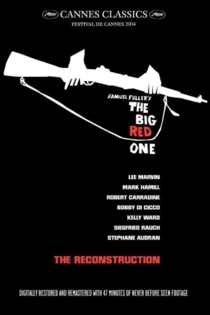
Falkenau, vision de l'impossible
Emil Weiss
Samuel Fuller
Documentary stems from 1945, when infantryman Sam Fuller, member of the U.S. Army's "Big Red One," helped liberate the Nazis' Falkenau death camp. Fuller shot footage of his commanding officer's marching Czech locals, who denied knowing of the genocide, out from town to view the horrors of the death house. 40 years later, French documentary filmmaker Emil Weiss brought Fuller, who became a famous film director after World War II, back to the death camp to tell the story of the camp's liberation. Fuller's original footage is incorporated in the film.
Falkenau, the Impossible
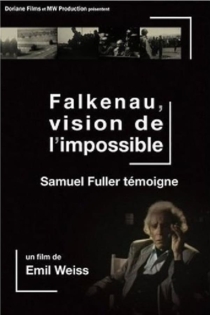
The Typewriter, the Rifle & the Movie Camera
Adam Simon
Samuel Fuller, Tim Robbins
In a documentary about Samuel Fuller, the spectator gets different impressions about the Hollywood director and his films. The film is divided into the three sections: The Typewriter, the Rifle and the Movie Camera. The first segment covers Fuller's past as a newsman where he began as a copy boy and ended as a reporter. Part two describes Fuller's experiences in World War II, in which he participated as a soldier. The last section focuses on Fuller as director. Tim Robbins interviews Samuel Fuller revealing the director's own memories and impressions. Beside the interview, Jim Jarmusch, Martin Scorsese and Quentin Tarantino accompany the documentary with their comments.
The Typewriter, the Rifle & the Movie Camera

Anything for John
Doug Headline, Dominique Cazenave
John Cassavetes, Seymour Cassel
An intimate portrait of actor-writer-director John Cassavetes and a loving tribute to his genius for studying and depicting the human character. In-depth, candid interviews with his wife and muse Gena Rowlands as well as his most trusted friends and co-workers like Peter Falk, Ben Gazzara, Seymour Cassel, etc. Clips from Cassavetes' greatest films, and many rare photos illustrate this touching documentary.
Anything for John
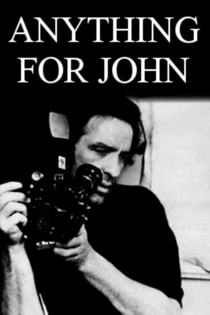
Pickup on South Street
Samuel Fuller
Richard Widmark, Jean Peters
In New York City, an insolent pickpocket, Skip McCoy, inadvertently sets off a chain of events when he targets ex-prostitute Candy and steals her wallet. Unaware that she has been making deliveries of highly classified information to the communists, Candy, who has been trailed by FBI agents for months in hopes of nabbing the spy ringleader, is sent by her ex-boyfriend, Joey, to find Skip and retrieve the valuable microfilm he now holds.
Pickup on South Street
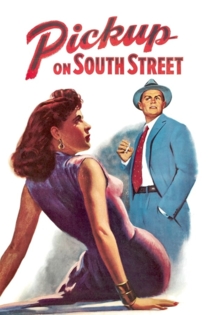
La Vie de Bohème
Aki Kaurismäki
Matti Pellonpää, Evelyne Didi
Three penniless artists become friends in modern-day Paris: Rodolfo, an Albanian painter with no visa, Marcel, a playwright and magazine editor with no publisher, and Schaunard, a post-modernist composer of execrable noise.
La Vie de Bohème

The American Friend
Wim Wenders
Dennis Hopper, Bruno Ganz
Tom Ripley, an American who deals in forged art, is slighted at an auction in Hamburg by picture framer Jonathan Zimmerman. When Ripley is asked by gangster Raoul Minot to kill a rival, he suggests Zimmerman, and the two, exploiting Zimmerman's terminal illness, coerce him into being a hitman.
The American Friend
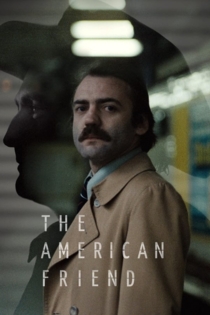
Shock Corridor
Samuel Fuller
Peter Breck, Constance Towers
With the help of his girlfriend Cathy and Dr. Fong, a psychiatrist, ambitious journalist Johnny Barrett poses as a madman in order to be admitted to a mental institution where a bloody murder has been committed.
Shock Corridor
